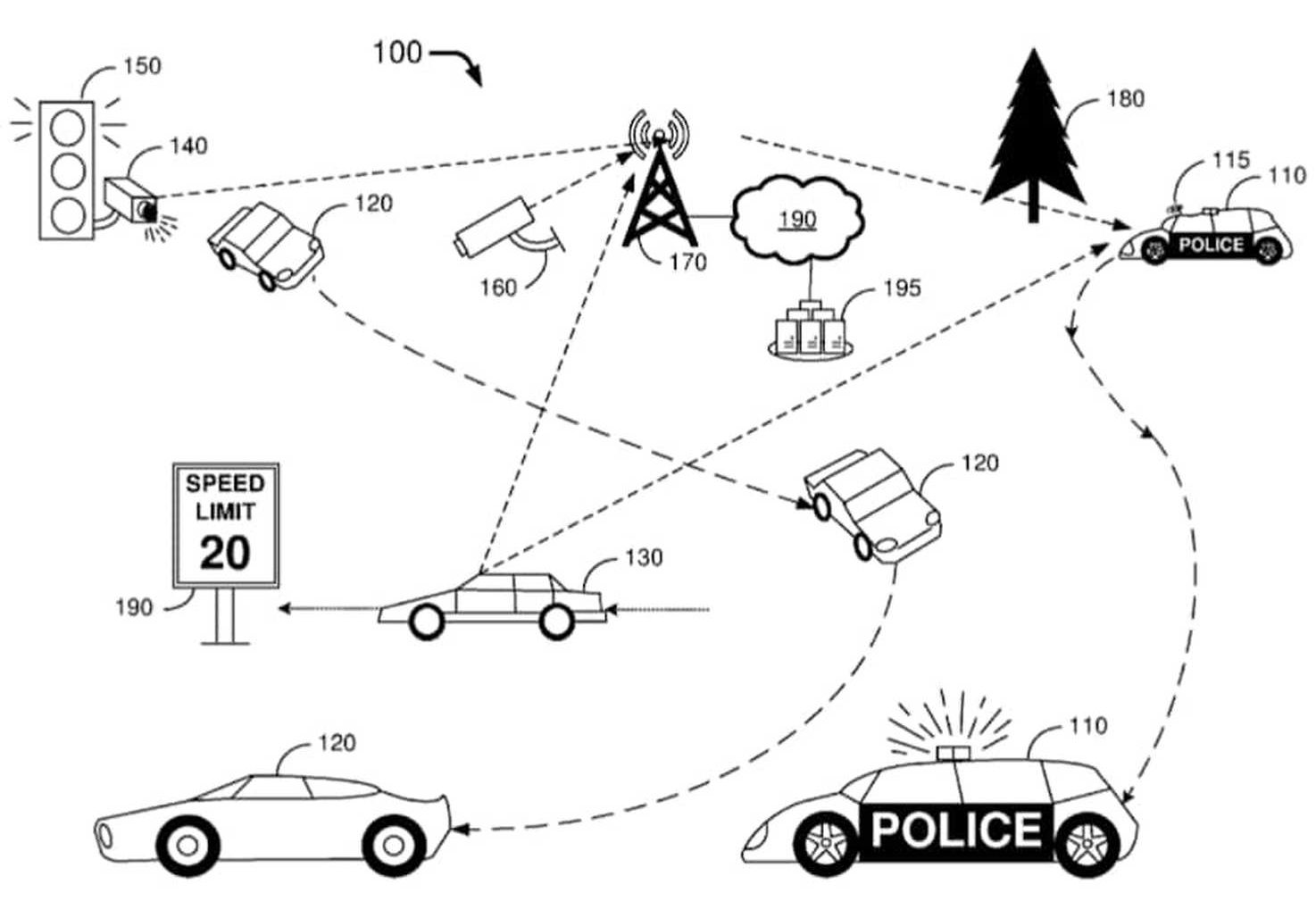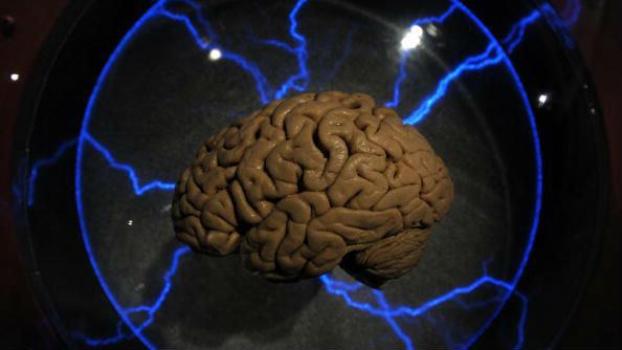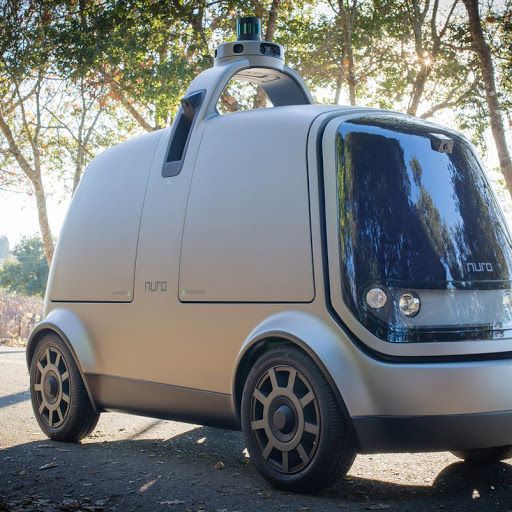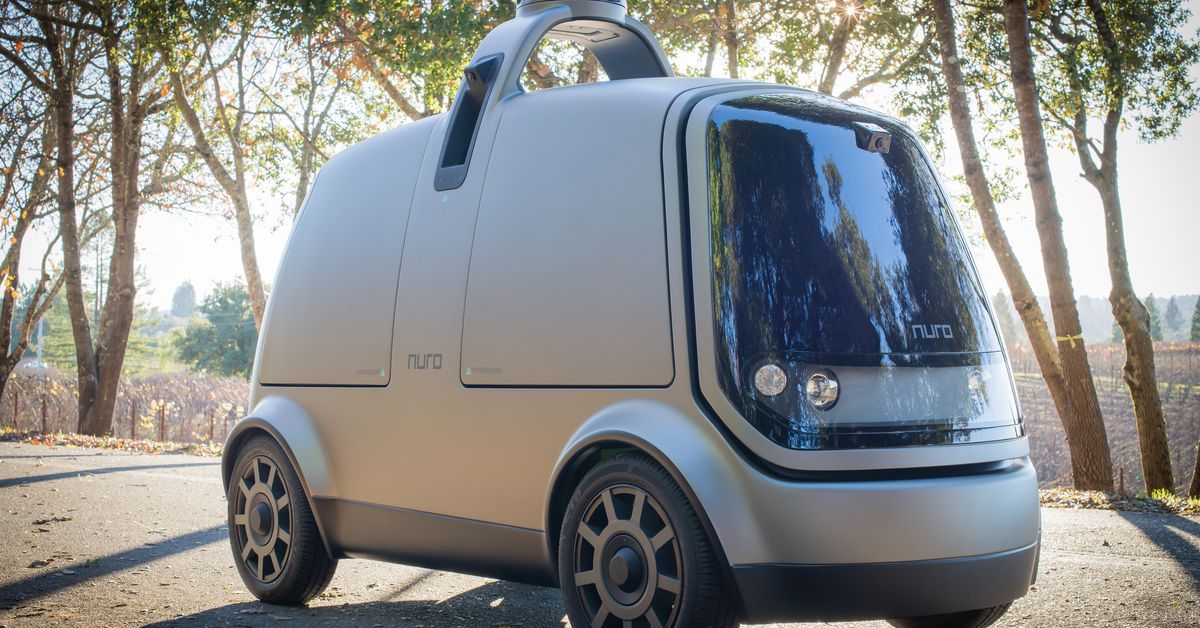The groundbreaking software takes AI one step closer to achieving humanlike intelligence, according to its creator.



At least the world knows what it is like to live in the shadow of nuclear weapons. There are much bigger question-marks over how the rapid advances in artificial intelligence (AI) and deep learning will affect the way wars are fought, and perhaps even the way people think of war. The big concern is that these technologies may create autonomous weapons systems that can make choices about killing humans independently of those who created or deployed them.
War is still a contest of wills, but technology and geopolitical competition are changing its character, argues Matthew Symonds.

Imagine a police car that issues tickets without even pulling you over.
What if the same car could use artificial intelligence to find good hiding spots to catch traffic violators and identify drivers by scanning license plates, tapping into surveillance cameras and wirelessly accessing government records?
What if a police officer tapping on your car window asking for your license and registration became a relic of transportation’s past?


China is hoping to ride the wave of the AI development boom to increase the country’s role in building the chips that will power future AI devices.
China’s increasingly vested interest in developing artificial intelligence (AI) is breathing new life into the country’s semiconductor industry. A new report from MIT Technology Review explains how China’s dedication to becoming a global leader in AI development is giving Chinese chipmakers a new opportunity to reclaim territory in the burgeoning field of hardware development.


Cybersecurity risks are on the rise. While the high-profile breaches at Target and Yahoo! captured our attention, they have also distracted us from the prevalence of cybersecurity risks in everyday life. The number of cyber-security breaches has more than doubled over the past few years. In the third quarter of 2016, over 18 million new forms of malware were discovered. That is nearly a quarter of a million new types of malware every single day.
Unfortunately, some of the most vulnerable companies are those that are least equipped to address these concerns. Industry experts estimate that 45% of all cyber-attacks are launched against small businesses. Almost half of all small businesses have been attacked, although most of them don’t know it. Nearly 70% of small businesses are forced into bankruptcy within six months of a particularly severe cyber-attack.
Despite the risks, small businesses are under greater pressure to cut costs. They can’t always afford top-tier protection.


We’ve all read the headlines: the robots are coming, and they will take our jobs. In fact, up to 45 percent of tasks workers perform can be automated using current technology, let alone future forecasts.
However, there is a side of this story that is often overlooked: while emerging technologies will destroy many jobs, they will also create many new ones. In fact, over half of the jobs current middle school students will be doing in the future do not even exist today. Widespread innovation is continuing to give birth to exciting new industries, all of which are sources of new jobs.
More often than not, we have used our imaginations to envision dystopian futures where we submit to robots that leave us feeling jobless and purposeless. But we can also imagine an exciting parallel future in which technology has created even more opportunities for the workforce.